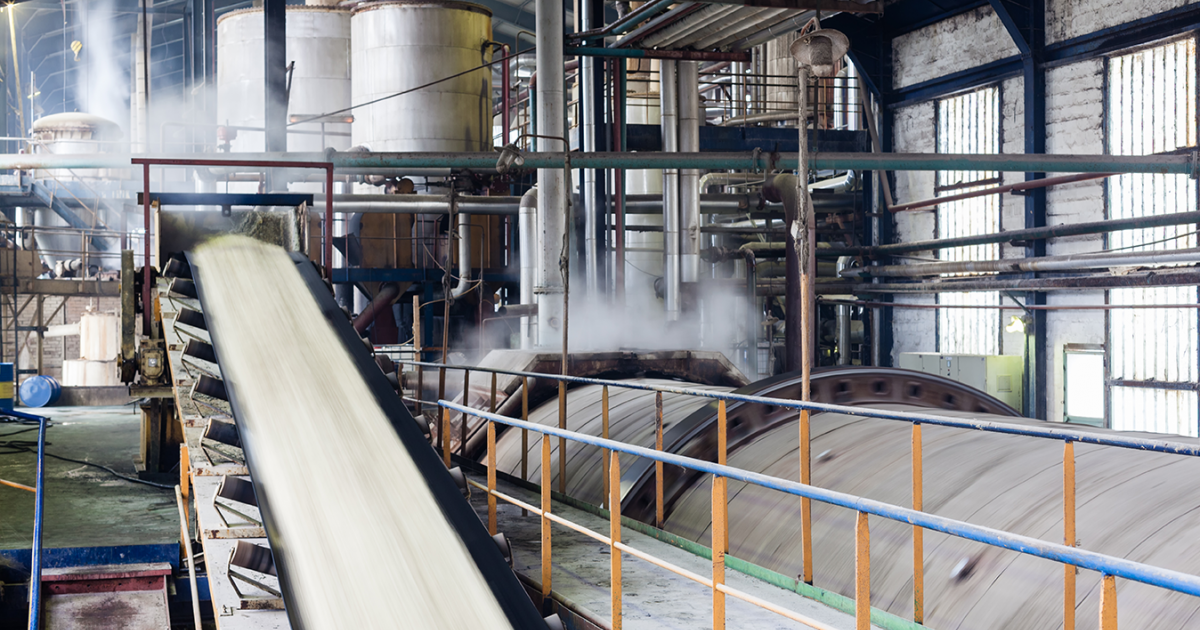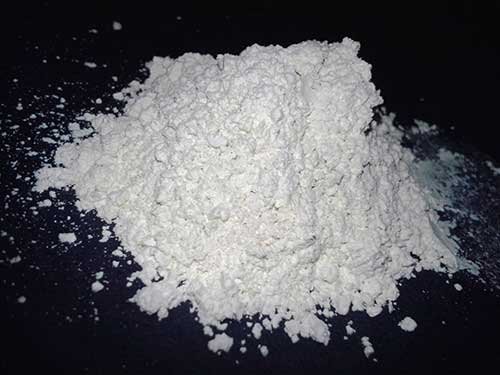Locating the Best Limestone Supplier in India
Limestone is mostly composed of calcite, a kind of calcium carbonate having the chemical formula CaCO3. Living organisms are responsible for the early production of calcium carbonate (such as shellfish). Most of it eventually dissolves in the seas and is deposited as limestone after some time has passed. If the physicochemical state of the water changes, calcium carbonate will precipitate out of the solution. Precipitation may occur, for example, if the CaCO3 concentration is high and the temperature or pH (acidity) is altered.
Limestone is also used as a tile or slab for flooring, wall cladding, vanity tops, and other similar uses in large commercial complexes, hospitals, airports, shopping malls, railway stations, and parks, to name a few locations. It’s used in making cement and glass. Therefore it’s really important. The predominant mineral in the stone is calcium, making it a viable drawing medium that may be utilized in the same manner as chalk. Iron ore that will be used in a blast furnace must first have the impurities removed, and this is where it comes in.
The various forms of limestone are:
In the same way as dolomitic limestone and high calcium limestone are two forms of the same material, so too is high calcium limestone a form of dolomitic limestone. High-calcium pure limestone, high-quality limestone with high calcium content, and dolomitic limestone, more commonly referred to as dolomite, are the three main types of limestone.
A high-quality, or high-calcium, limestone would include between 97 and 99 percent calcium carbonate, with only 1 to 3 percent coming from impurities. Completely made up of calcium carbonate, which occurs naturally only in trace amounts, high-calcium limestone is a unique and valuable resource.
India’s Limestone
Limestone is an Indian sedimentary rock type that frequently includes fragments of marine life skeletons. It is impenetrable because it is tough to break through and absorbs little water. The types and amounts of impurities in the limestone determine its texture, variety, and color intensity.
Limestone is used for many different things, including but not limited to flooring, vanity tops, wall cladding, and enormous floors in public spaces like airports, commercial buildings, hospitals, train stations, and shopping malls. Agricultural and industrial applications are only two of the many ways that limestone is put to use around the globe.
Exactly who are we, if you must know?
Limestone is an important part of the global economy and is used in a wide range of ways around the globe. Limestone suppliers in India provide limestone of the greatest quality because experts use to value quality above everything else. Limestone Manufacturers in India is one of the best limestone suppliers in all of India.
Limestone, a sedimentary rock, is a form of calcium carbonate. Limestone contains the calcium carbonate crystals calcite and aragonite (CaCO3). In limestone, the magnesium level of 4% marks the boundary between low-magnesium calcite and high-magnesium calcite, and this difference in magnesium content is used to classify the two forms of calcite. Limestone is typically a neutral white or grey in color. Limestone, which is naturally abundant in organic material, can also be stained black. However, the iron or magnesium within the limestone can be exposed to give it a color other than white, such as yellow or even red.












